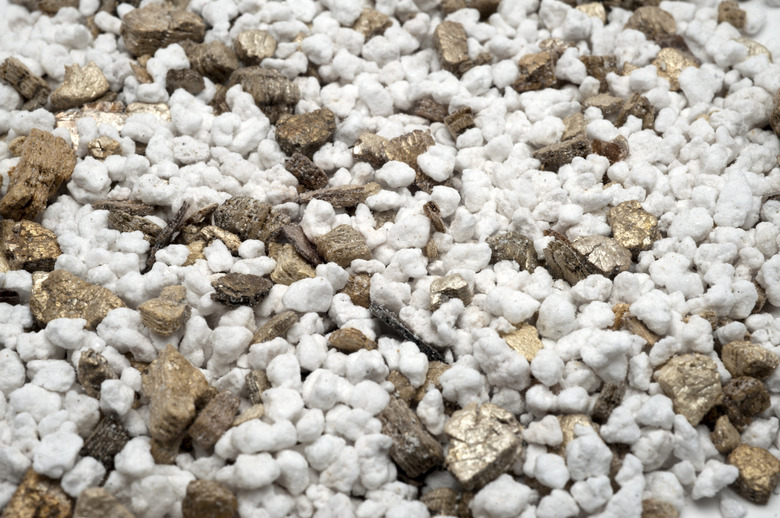How Long Does It Take To Grow Mimosa Hostilis?
Mimosa hostilis, commonly called jurema or tepezcohuite, is a fast-growing tree native to South America that grows in U.S. Department of Agriculture plant hardiness zones 9 through 13. It can be grown from seed to seedling within a few weeks. The tree does most of its growing in its first five years.
Step 1
Forcing jurema seeds to sprout indoors will give you control over the growing process. Encourage the seeds to sprout by first soaking them in boiled water for 30 to 60 minutes. Once they swell, wrap them in damp paper towels and place them in a plastic bag. Store the bag in a shady place indoors for a few days and monitor it. The paper towels must stay damp, so wet them if they dry out. The seeds should sprout in a week.
First Planting
Step 1
As soon as the the mimosa seeds sprout, transfer them into small pots. Fill a 2-inch pot with perlite or other similar non-organic material. Use pots with drainage holes. Place one seed in each pot, burying each 1 to 2 inches deep. Water them until they are just moist, but not saturated. Keep the pots in a sunny spot and monitor the moisture level for the next few weeks to ensure the medium stays moist. It will take between two and six weeks for the sprout to become a small seedling.
Step 2
- Forcing jurema seeds to sprout indoors will give you control over the growing process.
- Keep the pots in a sunny spot and monitor the moisture level for the next few weeks to ensure the medium stays moist.
Repotting the Seedling
Step 1
When the jurema seedling is a few inches tall, it is time to move it into a larger pot. A 12-inch pot will ensure plenty of room for your jurema tree to grow for this phase. Again, choose a pot with drainage holes. Fill the pot with an organic-based potting mix and move your seedling into it, burying it a few inches deep so that the root ball is covered, but the small trunk it not. Water it regularly to make sure it stays moist. If you live within the recommended USDA zones for the jurema, you may choose to move the pot outdoors at this point. You could also choose to skip this middle transplant and plant your seedling directly in the ground if you are within the appropriate hardiness zones and season. The advantage to the pot is that the roots will establish and the young tree will become stronger before subjecting it to the elements.
Step 2
- When the jurema seedling is a few inches tall, it is time to move it into a larger pot.
- The advantage to the pot is that the roots will establish and the young tree will become stronger before subjecting it to the elements.
Moving Outdoors
Step 1
Jurema will really take off once you plant it in the ground. The tree will grow up to 25 feet tall at maturity, but one-half of that growth takes place in the first five years. Because the decision whether to plant in a large pot or into the ground is subjective, closely monitor the growth of your tree if it is in a pot. Look for winding roots or other signs it is in stress, especially if it will be in the pot for a year or longer. Keep the tree well-watered and in the sun as it grows. Once spring arrives, plant it in a sunny area outdoors before the first buds pop. While fertilizer is not recommended during the first year of planting, jurema responds well to a liquid fish fertilizer. Mix the fertilizer in a 1:10 ratio with water and pour it over the soil at a rate of 1.5 ounces of fertilizer per 100 square feet, or according to the label's rates.
Step 2
- Jurema will really take off once you plant it in the ground.
- Because the decision whether to plant in a large pot or into the ground is subjective, closely monitor the growth of your tree if it is in a pot.
